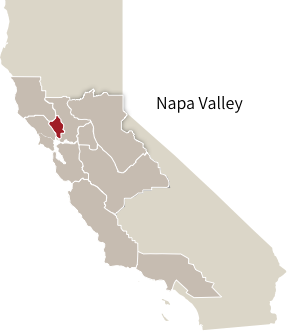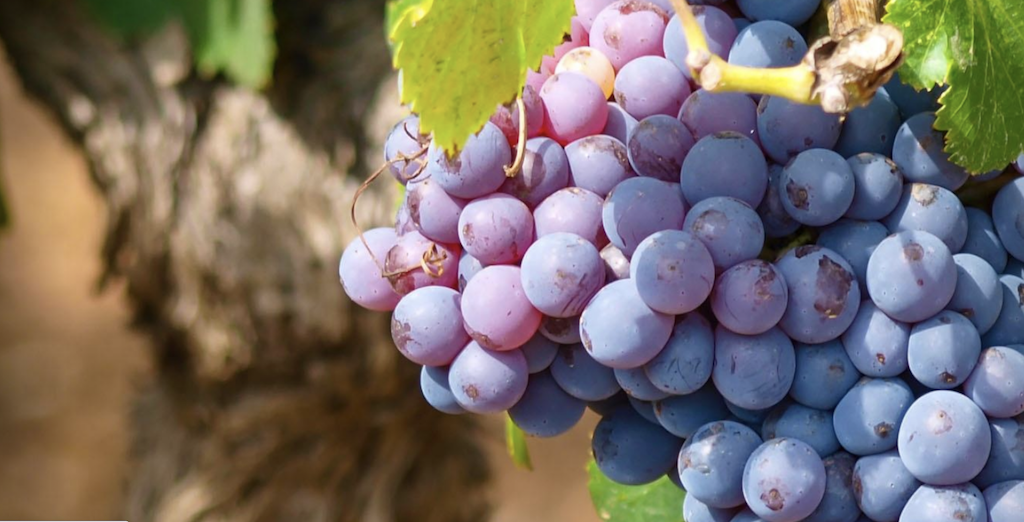Soil Diversity Throughout Napa Valley
Napa Valley runs parallel with Sonoma Valley and to the east. This 40-mile long valley, which stretches in a northwesterly direction from the city of Napa in the south to Calistoga in the north, is considered one of the most diverse growing regions in California.
Over 30 different soils have been identified here, including soils of alluvial, volcanic and maritime origin, ranging from well-drained gravelly loams to moisture-retaining silty clay. This diverse group of soils and exposures, as well as three different climate zones, provide a variety of distinctive grape growing environments. Zinfandel vineyards are spread from well-drained, rich, red clay loam hillsides to gravelly benchlands on the valley floor.
The many American Viticultural Areas in Napa Valley include Atlas Peak, Chiles Valley, Diamond Mountain, Howell Mountain, Los Carneros, Mt. Veeder, Napa Valley, Oak Knoll, Oakville, Rutherford, St. Helena, Spring Mountain, Stags Leap, Wild Horse Valley, and Yountville.

